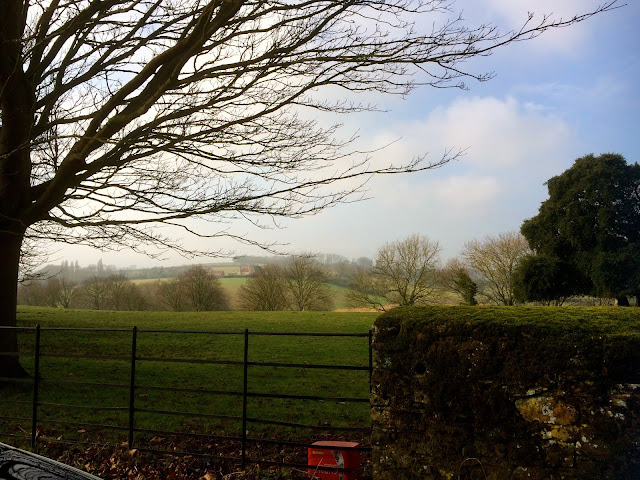 |
History
Old Winchelea was built on a shingle spit near Rye Bay. However years of coastal erosion and battering from storms meant that the town was slowly being engulfed by the sea. Help was first sought in 1236 and eventually in 1282 what remained of the town was declared to be in imminent danger. The town was of great strategic value to the realm and King Edward I recommended that the town should be rebuilt on a safer site. Iham hill was chosen as the new location and in 1288 construction a new town with a grid like road pattern, wharves, cellars and public buildings began. By 1292 the building was complete and the inhabitants of Old Winchelsea had moved to their new town.
The town was built on a peninsula on the banks of the River Brede enclosed on three sides by the town wall with access via three gates, Strand Gate, Pipewell Gate and New Gate. Within the walls were two churches, two monasteries, a town hall, court hall cellars, wells and numerous residential buildings. Wharves were built on the river for the important merchants, trading continued and the town flourished. It is thought that the population of the town was 6,000, today the population is 600.
In the 13th and 14th centuries the town was attacked seven times by the French. On each occasion the raiders, burnt, slew and pillaged the town. Many of ther public buildings including the town Hall and St Giles church were destroyed, although houses were soon rebuilt. Sadly a shingle bar slowly built up above the tides, narrowing the river. Access to the port became increasingly difficult and by the end of the 15th century trading had ceased and the last merchant had left the town. Once the monasteries were dissolved and the support of the religious houses withdrawn the town slowly declined. In 1763 some of Wellington's troops were stationed in the town and during the 18th and early 19th centuries smuggling became popular, as the town's many cellars were ideal hiding places.
In the 19th century the town became poluar with artists and writers and has been honoured with many Royal visits. Today Winchelsea is a charming town looking over the peaceful countryside. Its importance in medieval time reflected by the numerous historic buildings and ancient remains that can be seen today.
Church of St Thomas the Martyr
The grand church of St Thomas the Martyr was built in 1288 when when Winchelsea new town was created. The stone came from Caen in Normandy, marble from West Sussex and rafters made of Sussex oak. St Thomas's was one of two churches in the town, St Giles was destroyed during a French raid in 1359 when many of the town people sheltering in the church were killed. In 1380 St Thomas's was damaged when the town was attacked and burnt by French Invaders. During the next 100 years both the tower and transepts collapsed and little restoration was undertaken. In Tudor times part of the church was blocked off and a new porch added.
During the Reformation in the 16th century both the priories and the hospitals were confiscated and later destroyed. At the same time trade in the town declined resulting in the church falling into a poor state or repair. By the early 19th century the church was so dilapidated it was declared "almost unfit for public worship". However, in 1850 the poor condition was at last noted and extensive repairs carried out.
After World war I the magnificent stained glass windows dedicated to the men of the Cinque Ports, Rye and Winchelsea who gave their lives and in thanksgiving for those who returned safe were installed. Further improvements were carried out including the repainting of the tower clock in 1977. This ancient church stands proudly in the centre of the town and its a fascinating place to visit.
During the Reformation in the 16th century both the priories and the hospitals were confiscated and later destroyed. At the same time trade in the town declined resulting in the church falling into a poor state or repair. By the early 19th century the church was so dilapidated it was declared "almost unfit for public worship". However, in 1850 the poor condition was at last noted and extensive repairs carried out.
After World war I the magnificent stained glass windows dedicated to the men of the Cinque Ports, Rye and Winchelsea who gave their lives and in thanksgiving for those who returned safe were installed. Further improvements were carried out including the repainting of the tower clock in 1977. This ancient church stands proudly in the centre of the town and its a fascinating place to visit.
https://www.winchelsea.com
https://www.visitsoutheastengland.com/places-to-visit/winchelsea-p208151
https://www.nationaltrust.org.uk/features/winchelsea-east-sussex
http://winchelseachurch.co.uk/visit-us/history-of-st-thomas/












No comments:
Post a Comment